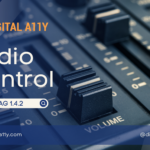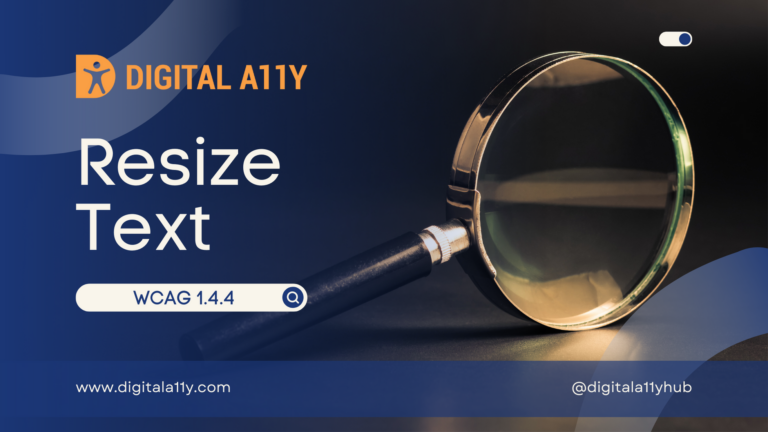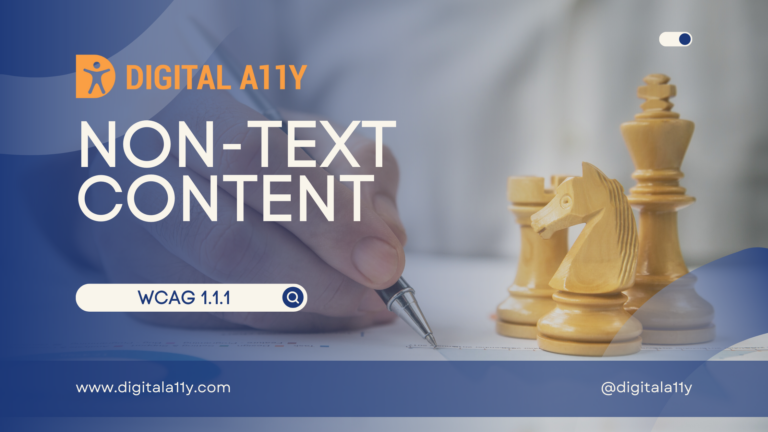WCAG 2.2: What we know till now

The web technologies, mobile technologies and the dynamism of user interface designs are evolving much faster than ever. Along with the ‘work from home’ culture and pandemic driven world, the technical growth is driving the need for accessibility as the needs of the users with disabilities are changing and evolving rapidly.
The Web Content Accessibility Guidelines, also known as WCAG which has been instrumental in making web content accessible to people with disabilities undergoes updates and upgrades periodically keeping these changes in mind. The previous iteration of WCAG, i.e., WCAG 2.1, was released three years ago. The official release date of WCAG 2.2 was supposed to be in November 2020. Unfortunately, the pandemic threw a wrench in the works, resulting in a delay.
In this post, we are discussing the latest updates on WCAG 2.2 as we hear and know.
Is WCAG 2.2 available?
As we mentioned earlier, the WCAG 2.2 official release date was in November 2020, which was delayed due to the pandemic. Expected to be released in the summer of 2021, we are still looking at a working draft. Our best guess is we will see an official release some time in the third quarter of 2023.
Although the window to comment on the working draft is exhausted, you can still provide feedback through Github or the W3C mailing list. Since this is not the final version, it can be subject to changes if there is enough consensus for or against a guideline.
What are the Changes suggested in WCAG 2.2?
The W3C has stated that this update emphasizes providing additional support for people with cognitive and learning disabilities, users with low vision, and users with disabilities on mobile devices, improving WCAG 2.1.
We may also see some older success criteria like SC 4.1.1 – Parsing deprecated. Until the public recommendation sees its day light, we can’t confirm what changes make it to the shore.
Are there new success criteria?
Every version of WCAG has added new success criteria to further improve accessibility. The success criteria added in the new versions don’t undo or contradict the previous ones. Here is a brief list of success criteria in WCAG previous iterations
- WCAG 2.0 : 61 success criteria
- WCAG 2.1 : 78 Success criteria
- WCAG 2.2: 87 Success criteria (9 new criteria based on the working draft)
The following Success Criteria are new in WCAG 2.2:
- 2.4.11 Focus Not Obscured (Minimum) (AA)
- 2.4.12 Focus Not Obscured (Enhanced) (AAA)
- 2.4.13 Focus Appearance (AAA)
- 2.5.7 Dragging Movements (AA)
- 2.5.8 Target Size (Minimum) (AA)
- 3.2.6 Consistent Help (A)
- 3.3.7 Redundant Entry (A)
- 3.3.8 Accessible Authentication (Minimum) (AA)
- 3.3.9 Accessible Authentication (Enhanced) (AAA)
Numbering in WCAG 2.2
The new success criteria might cause some confusion among people, therefore W3C has taken note of it and made adjustments accordingly. The new success criteria are appended to the end of success criteria within their guideline rather than adding it in between existing criteria. This avoids the need to change section numbers just to accommodate new success criteria.
However, this minor change results in success criteria in each guideline not being grouped according to their conformance levels anymore. Now, only the indicators (A/AA/AAA) define the conformance level of the success criteria.
The W3C has also provided a way to view success criteria grouped according to their conformance level. Visit WCAG 2.2 Quick Reference to know more.
Ending Thoughts
The W3C is dedicated to providing guidelines for organizations to make their websites more accessible for people with disabilities. In the future, W3C plans on releasing WCAG 3.0 with more upgrades instead of launching a minor update to WCAG 2.2. However, it is estimated to be released in the next 3-5 years.
In the meantime, WCAG 2.2 is expected to address the accessibility gaps identified in the recent times. So, let’s keep our fingers crossed for the WCAG 2.2 to hit the space sooner than later!
UPDATE: WCAG 2.2 is expected to be published by July or August 2023.









